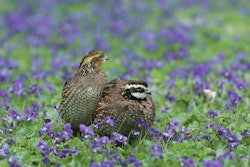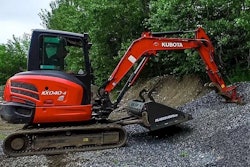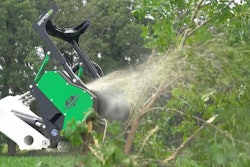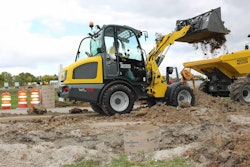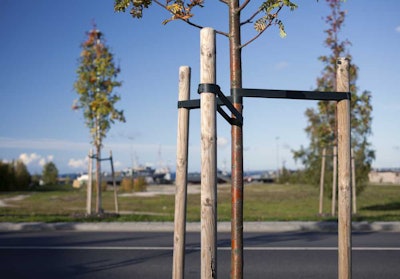
When starting a project, the question of tree staking may arise. New tree plantings may require staking to protect and/or anchor the tree, but is this practice always used for the optimum benefit of the tree?
Experts at the University of Minnesota Extension say that in many cases, staking the trees is not necessary, unless the trees have the following qualities: the trees have abnormally small root systems that can’t support the larger, above-ground growth; the stems bend excessively when not supported; there’s a high chance that vandals will uproot or damage trees that aren’t protected; and if the planting site is very windy and trees will be uprooted if not supported.
Effects
Before you start guying or staking trees, consider the effects it will have on the trees, as opposed to trees that go unstaked.
Staking or guying a tree could damage the tree by rubbing and girdling from ties and stakes. The trunk could also grow and bend away from the stake, or the trunk could become stressed at the point of the stake attachment, which makes it more open to breaking.
Staking a tree will provide more wind resistance because the top of the tree isn’t allowed to do much moving, but it can also cause the tree to develop weak wood from the staked position down towards the base of the tree. To have optimum wood strength and growth during development, trunk movement is required.
According to the the Iowa State University Forestry Extension, it’s also possible that while staked, trees may produce fewer roots and reduce stem taper, which can mean less strength of the bole or trunk. Iowa State University also says that the height growth of the tree may be increased while it’s staked.
Proper staking techniques
It is recommended that small trees, less than six feet tall or less than one inch in diameter, not be staked, as they won’t need them for support. For trees that may be able to support themselves, plant them and keep a watch on them several days after planting. If you see that it is starting to tip or lean, or if you see the plant stem at the soil line move excessively, it will need support.
When a tree is unable to support itself with its existing root system, anchor staking is required. Anchor staking is used to support the roots or root ball until the roots can grow into the surrounding soil and support themselves.
Each tree will need at least three stakes for support, and these stakes can be reinforced rebars, steel posts, metal pipes, wooden stakes or other material to which ties can be fastened.
When staking a tree to protect from “lawnmower blight,” the Iowa State University says at least three strategically located stakes should be used around the tree to keep lawnmowers and other vehicles at bay. A band, wood chips or other organic mulch can also be used around the tree as a sufficient protectant when dealing with more careful tree care providers. For those who are less careful, stakes and mulch may be needed around the trees.
Whatever material is used for tying that will come in contact with the tree’s trunk needs to be broad and have a smooth surface. This will minimize the trunk abrasion and any possible girdling.
A few examples of appropriate tying material are rubber belts, wide cloth belting, elastic webbing and nylon stockings. Ties should be fastened at less than one-third of the total height of the tree.
Larger trees might not receive enough support from fabrics or belts, and they may require eyebolts. These should only be used when the other techniques are inadequate for the size of the tree.
Most trees should only be staked for a minimum period, and for most trees the ties can be removed after the first growing season. Two years of support may be necessary for larger trees. Regardless of the size, stakes should be removed as soon as possible to minimize the adverse effects.

